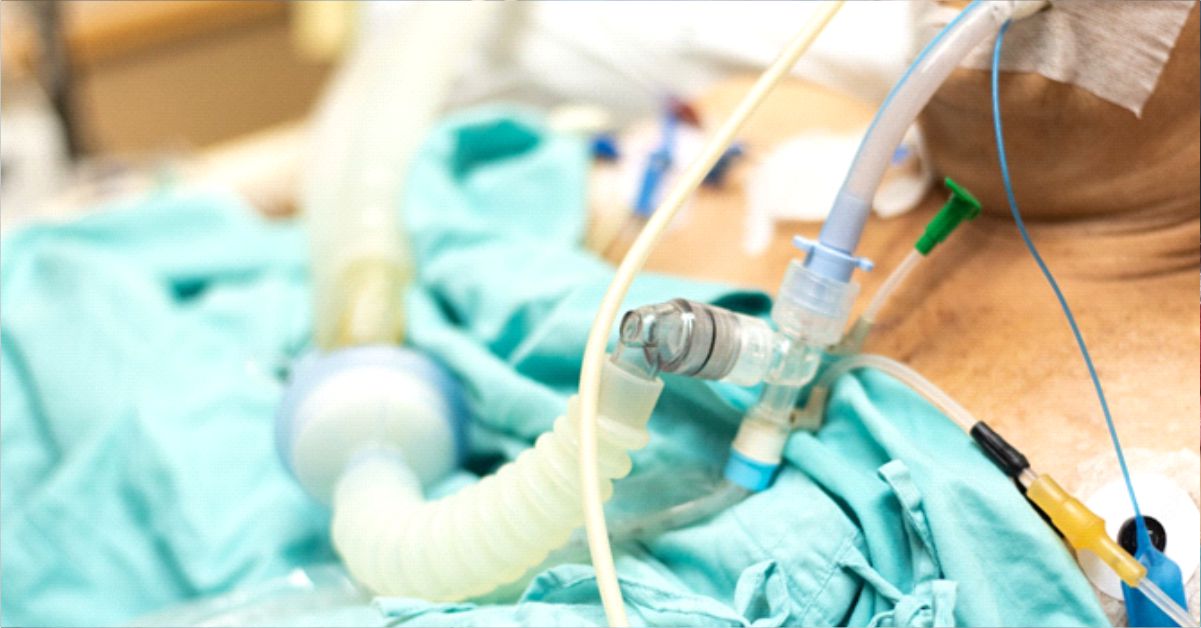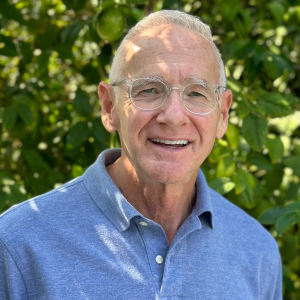
Although great care has been taken in the compilation and preparation of all directory entries to ensure accuracy, we cannot accept responsibility for any errors or omissions. Any medical information is provided for education/information purposes only and is not designed to replace medical advice by a qualified medical professional. Please see our disclaimer at the bottom of this entry.
What is a ventilator-associated pneumonia (VAP)?
A ventilator-associated pneumonia (VAP) is an infection of the lungs that develops in a patient who is on a ventilator. VAPs are healthcare-associated infections.
A ventilator is a machine that helps a patient breathe by giving oxygen through a tube. The tube may be placed in a patient’s mouth or nose, or through a hole in the front of the neck. The tube is connected to a ventilator. An infection may occur if microorganisms (such as bacteria or fungi) enter through the tube and reach the patient’s lungs.
Some VAPs (ventilator-associated pneumonias) may be difficult to treat due to the growing resistance of microorganisms to available antimicrobials. Consequently, VAPs are linked to higher mortality rates, increased healthcare costs, and longer hospital stays.
How do people get a VAP?
A ventilator may be needed when a patient is critically ill, or during and after surgery. Ventilators are life-saving machines, but they can also increase a patient’s risk of developing pneumonia.
Indeed, the tube breaches airway defences and impairs a cough, facilitating aspiration of secretions containing germs from the oropharynx and upper airways to the patient’s lungs, therefore causing a VAP.
What are the symptoms of a VAP?
Some of the common symptoms and signs of a VAP are represented by fever, increased respiratory rate or heart rate, low levels of oxygen in the blood (hypoxemia), increase in white blood cell count (leucocytosis), increased purulent secretions, and mental changes or confusion.
How is a VAP diagnosed?
Diagnosis of a VAP may be difficult. Physicians need a combination of a physical examination and diagnostic tests, such as imaging (chest x-ray) and laboratory tests.
In patients with suspected VAP, the doctors may decide to collect samples of lower respiratory tract secretions as well as blood. These samples are sent to the laboratory to grow the microorganism over time using a media on a petri dish (culture) and identify it. Then susceptibility tests can be carried out to determine which antimicrobials are most effective against it, to start the most appropriate antimicrobial therapy. Understanding which antimicrobials will work best is especially key to VAPs as resistance among respiratory pathogens is a constantly growing problem.
How is a VAP treated?
Guided by the physical examination and the results of diagnostic tests, physicians will determine the best treatment for each patient. Antimicrobials, such as antibiotics or antifungals, may be used to treat a VAP. The choice of antimicrobials depends on the type of infection, the microorganism responsible for the disease, and the results of susceptibility tests. VAPs are severe infections that require hospital treatment with intravenous antimicrobials (administered through a drip or tube) and additional therapies.
Unfortunately, due to the increasing resistance to available antimicrobials, VAPs are becoming increasingly difficult to treat, often necessitating combination therapy (the use of two or more antimicrobials).
What can caregivers do to help prevent a VAP?
Caregivers who take care of a patient on a ventilator can do the following things to help prevent a VAP:
• Ask healthcare providers to clean their hands before and after touching the patient or the ventilator. Remember: hand hygiene is our best protection against infections.
• Ask about raising the head of the patient’s bed.
• Ask when the patient will be allowed to try breathing on her or his own.
• Ask about how often healthcare providers clean the patient’s mouth.
• If you notice symptoms or signs of infection, call your doctor immediately.
Disclaimer: The information provided on this website is intended for educational purposes only. It is not intended to be a substitute for professional medical advice, diagnosis, or treatment. Always seek the advice of your physician or other qualified health provider with any questions you may have regarding a medical condition. Never disregard professional medical advice or delay in seeking it because of something you have read on this website. Reliance on any information provided on this website is solely at your own risk. The website owners and authors are not responsible for any errors or omissions in the content or for any actions taken based on the information provided. It is recommended that you consult a qualified healthcare professional for individualised medical and health-related guidance.




